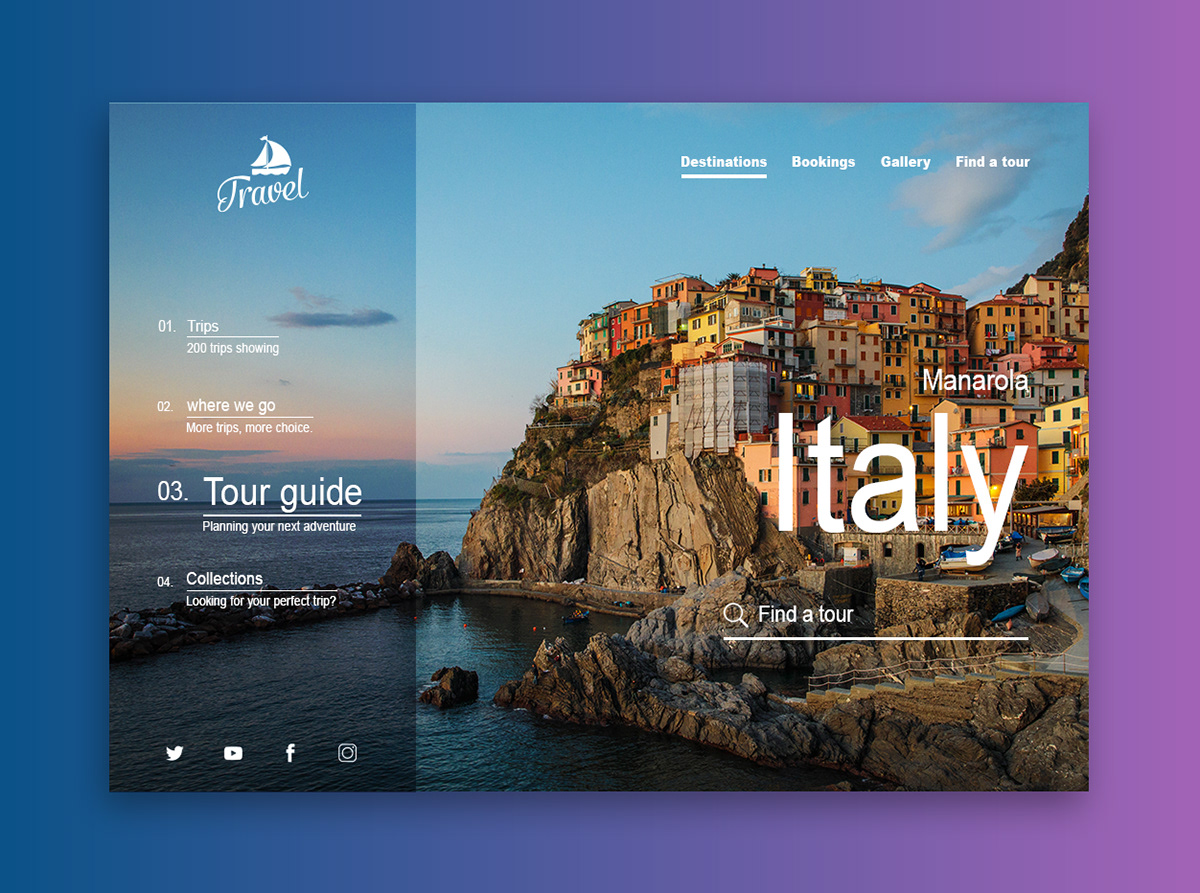
Today’s web technology allows developers to build websites that are fully accessible for everyone. Everyone owns a smartphone in a market worth almost half a trillion dollars. Web 2.0 is the internet of communication and convenience. Some would say the transition from Web 1.0 to Web 2.0 is still evident today, despite the emergence of Web 3.0 technology in recent years, given that websites still exist in purely static form and some users still have a reluctance to embrace new technology and all it can do to help us. Boot-cut jeans are replaced by chinos, energy drinks are a thing and Miley Cyrus is a Wrecking Ball.

The eventual (and perhaps inevitable) crash caused many of these businesses to close completely, with companies like Cisco losing almost 90% of its stock, while Amazon (1994) and eBay (1995) managed to recover quickly.īefore we continue to part two, here’s an infographic showing the increase in the number of live websites since the internet was born, from the first website in 1991 to 1,766,926,408 live websites at the close of 2017.įast-forward ten years and Web 2.0 is well underway. Web 1.0 spawned the dot-com bubble which occurred between 1995-2000 and included many internet-based businesses. If you remember MSN Messenger it’s likely for one of two reasons it was either the obsessive chat app that allowed you to speak with friends after school or it was the annoying internet thing that you’d only let your kids use during Brookside because it blocked the phone line.
Trips toweb tv#
How times change!Īsk Jeeves (now ask.com) was a question-based search engine who later went on to spend a fortune on a dodgy TV advertising campaign. Google (the search engine) didn’t launch until three years later, in 1998, run initially from a garage and created as part of a school project at Stanford University, the creators (Larry Page & Sergey Brin) had a vision of a search engine that analyses web pages based on the number of times a search term appears on a page – today this approach is now known as keyword stuffing and is a ‘black-hat’ SEO technique. Yahoo also launched in 1995 and is still the third largest search engine at the time of writing with 13% market share, one of the few search engines to launch in the 90’s and stick around through Google’s dominance. A staggering number in such a short space of time. Lycos was one of the largest search engines having launched in 1994 (who else had an email address?), followed a year later by the launch of AltaVista which went on to peak with eighty million users per day in 1996. ‘Archie Query Form’ was the first ever search engine. It was the era of supermodels, Baywatch and Noel’s House Party was on TV, ‘Don’t Push Me, Push A Push-Pop’ was the playground catchphrase and if you had Encarta on CD-ROM you were considered posh. Web pages linked together only with hyperlinks and contained no interactive content or any element of design. Websites were purely information based and made up entirely of static content. The “read only web” is where the internet we know started.

The future is still so much bigger than the past.Īnyone who has lost track of time when using a computer knows the propensity to dream, the urge to make dreams come true and the tendency to miss lunch.

The Web as I envisaged it, we have not seen it yet.


 0 kommentar(er)
0 kommentar(er)
